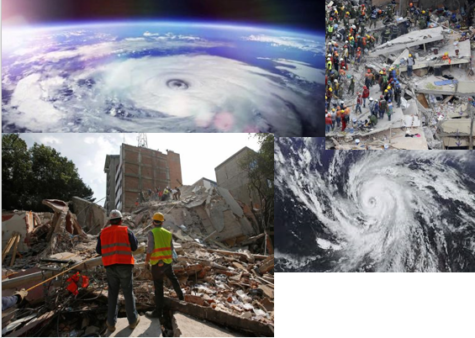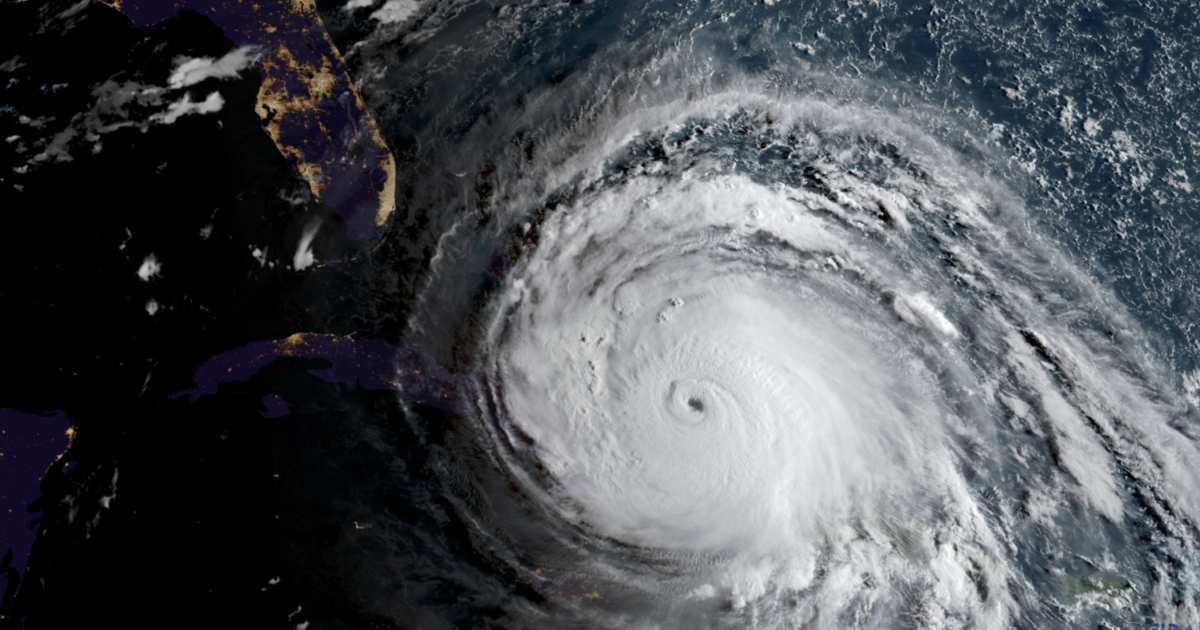Natural Disasters are Making Things Difficult
September 28, 2017

The Western Hemisphere has been battered by natural disasters throughout September, with Puerto Rico, Dominica, and Mexico being the latest victims.
In Puerto Rico, entire houses have been destroyed, streets have flooded, power lines are out, rescue teams have exhausted themselves looking for survivors, and many lives have been lost. Mexico has been struck by four earthquakes with magnitudes of 8.1, 7.1, 6.1 and 4.5 respectively. Dominica is in a similar state to Puerto Rico, and is also dealing with people looting salvageable items in the destruction to survive the aftermath. And let’s not forget the fire that started on the 25th in Corona, with 2,000 acres of land burnt down.
Trump has stated that Puerto Rico is in trouble, but added that the island’s billions of dollars of debt to the Wall Street and banks “must be dealt with,” without elaborating on what he meant.
As nearly ten natural disasters have struck the Western Hemisphere in roughly a month alone, it is a concerning issue. There is the possibility that these events are the result of global warming and its effect on the environment.
Hurricanes begin as tropical storms over of Atlantic and Pacific Oceans near the equator. As the moisture evaporates, it also rises until large amounts of heated air are twisted high in the atmosphere. The winds begin to circle either counterclockwise north of the equator or clockwise south of the equator. The center of the hurricane is called the eye.
Around this center winds move at speeds between 74 and 200 miles per hour. As long as the hurricane remains over waters of 79 degrees Fahrenheit or warmer, it continues to pull moisture from the surface and grow in size and force. When a hurricane crosses land or cooler waters, it loses power, and its wind gradually slow until they are no longer of hurricane force, less than 74 miles per hour. Hurricane Harvey is a Category 4. Hurricane Jose, also a Category 4. Hurricane Maria: Category 4. And finally, Hurricane Irma: Category 5. These are dangerous storms and all have happened in the span of under four weeks.
Fellow ERHS student Harmony Johnson says that it is because of “climate change and global warming.” She adds that it is also because of “all the [things] we’re putting in the air.” True, there are people saying that climate change and global warming aren’t real. But considering how hurricanes are formed and that four have shown up in a month, global warming is the most likely answer. In the end, all we can do is hang on and hope for the best.


